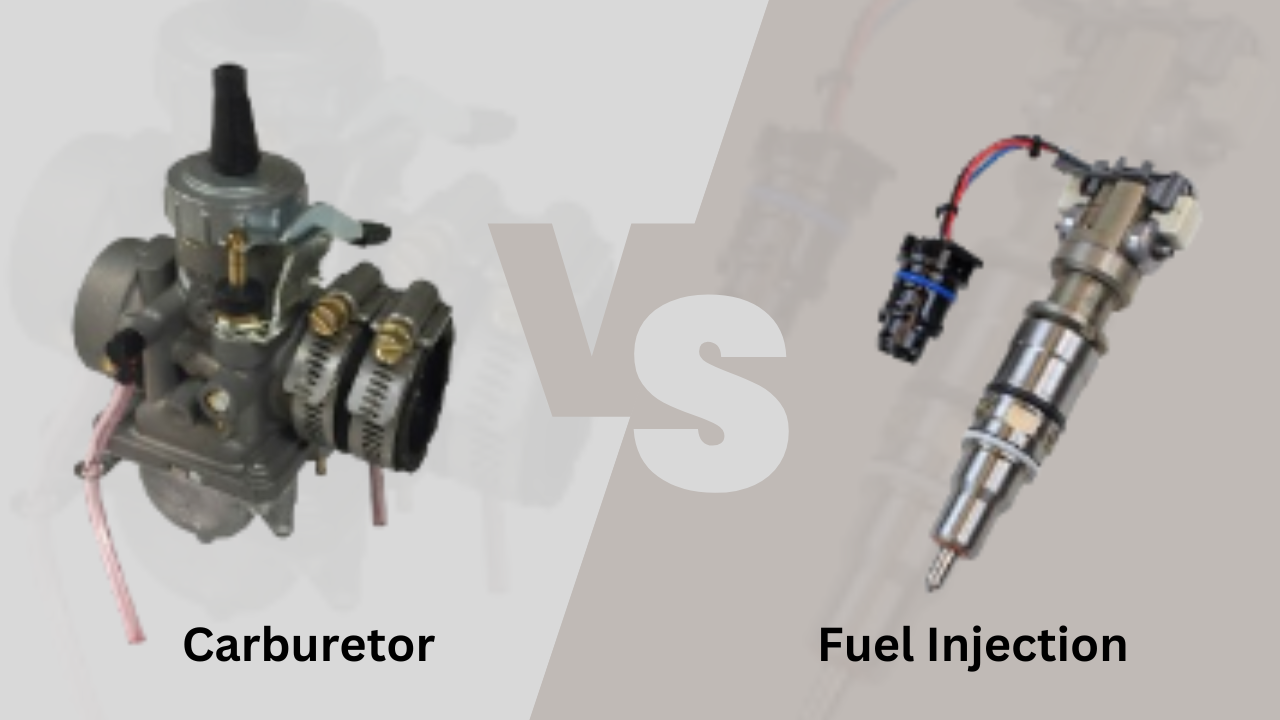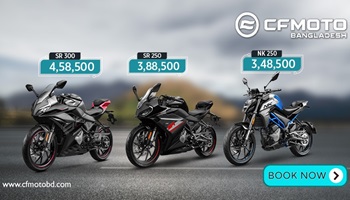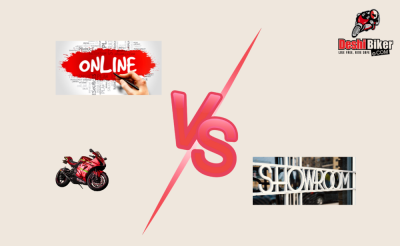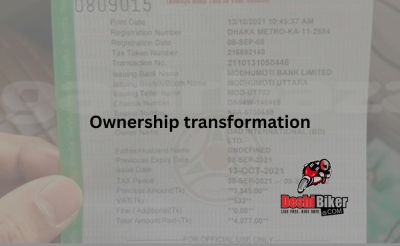Carburetor Vs Fuel Injection: Pros & Cons

Feeding a proper ratio mixture of fuel and air is mandatory for any internal combustion engine to produce ultimate acceleration. Automobile industry relies on two conventional ways known as Carburetor and Fuel Injection, both have the same function but the working process is slightly different. Generally, a carburetor delivers air-fuel mixture to the combustion chamber by internal mechanical parts. On the other hand, fuel injection systems also do the same thing with sensors and electronics. In this blog, we will illustrate both the Carburetor and Fuel Injection system in depth.
Carburetion
Carburetor mixes air with fuel in a certain ratio and delivers it to the engine combustion chamber, by squeezing the bike throttle the carburetor increases airflow to mix with fuel and finally delivers it to the engine, the process results in higher acceleration. Imagine, a carburetor is a tube dedicated to regulating fuel delivery to increase air pressure, this part is known as Venturi. When the air velocity is raised a low-pressure vacuum is created automatically, later on this vacuum is filled by fuel from a jet located near the venturi. In this process carburetor bridges air and fuel to burn inside of combustion chamber, called the Vacuum Venturi Effect.
| Pros | Cons |
| Carburetor is a simple process, easy to repair, and cost-cutting. | Age-old design, no longer an efficient system. |
| Carburetor allows tuning as per user requirements. | Sometimes fluctuate in air-fuel mixing process which hamper engine smoothness. |
| Being an external part of engine, it can be repaired or replaced without impacting the engine. | Carburetor lag in throttle response. |
| Carburetor made of light materials. | Carburetor requires frequent replacement of parts. |
Fuel Injection (Fi)
Fuel Injection consisting a complex set of electronic components and sensors, this system works through an integrated fuel pump placed in the fuel tank. Electronic Control Unit (ECU) enables the fuel supply to the combustion chamber, the sensor ECU seamlessly monitors and calculates the best possible air-fuel mixture to the chamber. Including engine speed, temperature, overall load and throttle position precisely calculated by the sensor. The nozzle of fuel injection system is headed to the engine cylinder, the ECU navigates the injector to control the fuel amount to enable.
| Pros | Cons |
| Fuel Injection system is partly maintenance-free and doesn’t require frequent repair or replacement. | Fuel Injection systems are highly expensive. |
| Fi system is very responsive in throttle squeezing. | Fi system goes through complexity in servicing. |
| Efficient combustion provides better mileage. | Unable to manually tuned. |
| Fi system also can be tuned by ECU mapping. |
However, Fuel Injection system is fast-taking technology in motorcycle industry whereas the carburetor is old-school and poor technology. Most of the premium segment motorcycles are equipped with advanced fuel injection technology, Fi is lower maintenance than a carburetor system but difficult to repair or replace but the fuel injection system is eco-friendy.

























